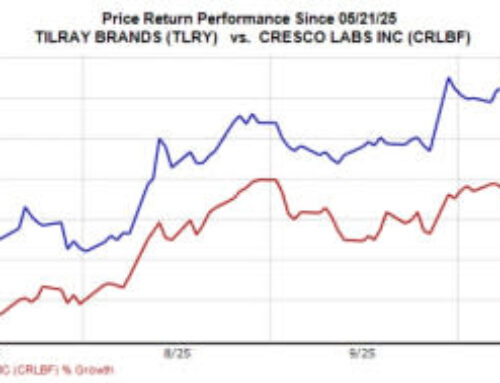Billionaire ranch owner violated Colorado environmental laws during construction of contro
November 21, 2025

The billionaire owner of a vast ranch in southern Colorado could face up to $65,544 a day in fines for violating state environmental laws while building an 8-foot-tall fence that prompted outrage from San Luis Valley residents.
The owner, William Harrison, violated the Colorado Water Quality Control Act in 2020 when he began building the perimeter fence around Cielo Vista Ranch without first obtaining permits for how the project would impact water quality in the area. While the ranch later obtained a permit, it has failed to meet state requirements for mitigating erosion and minimizing pollution in water that runs off the fence construction areas, a Nov. 12 cease-and-desist order from the Colorado Department of Public Health and Environment states.
The agency’s letter requires the ranch to fix the deficiencies and to respond to the letter within 30 days. If the ranch does not comply, the CDPHE can level fines of up to $65,544 per day.
The cease-and-desist order is the most recent development in a years-long dispute between the ranch and local residents about the fence that has prompted a lawsuit, county regulations and a new state law.
Harrison in 2020 began building miles-long sections of fences along portions of the 88,000-acre ranch’s borders in Costilla County to keep out trespassers and keep in the ranch’s small bison herd.
But residents of the area saw the fence as an attempt to keep out or intimidate local residents who have access rights to the property dating back to before Colorado became a state. They also said the fence blocked wildlife movement and the 12-foot-wide bulldozed paths to make way for the fence caused sediment to wash downstream in rainstorms and onto roads, irrigation ditches and others’ properties.
The group of concerned citizens raising alarm about the fence — called La Sierra Environmental Guardians — brought their concerns about the fence to journalists, county officials, the attorney general, state lawmakers and CDPHE.
Last year, state lawmakers passed a bill requiring local government approval for large fencing projects on Sangre de Cristo land grant properties.
Representatives from CDPHE came to San Luis earlier this year to talk to the community members, who are thrilled by the enforcement action, said Bernadette Lucero, one of the members of the Guardians group. Community members explained how they worried erosion from the construction had washed heavy metals and sediment into their water supply.
“That’s our watershed, that’s our lifeblood,” Lucero said.
Ranch managers applied for stormwater discharge permits in 2024 after CDPHE officials warned them that they needed the permits for the fence construction project. The agency granted the permits in April 2024, but they did not apply retroactively to construction already completed.
CDPHE officials also found that the ranch’s plans to manage runoff — filed after permits were obtained — did not meet legal requirements, like describing how the ranch would stabilize disturbed terrain to prevent erosion. The ranch’s efforts to mitigate erosion or the washing of sediment downstream also did not meet legal muster.
In visits to the ranch in June and October 2024, CDPHE inspectors found no erosion or runoff control at 12 locations along the fence construction. Inspectors also found improperly managed construction waste and improperly installed erosion-control technologies.
“As a result of these deficiencies, there was an increased potential for sediment and polluted stormwater to discharge offsite,” CDPHE’s enforcement letter states.
Harrison’s attorney, Jamie Dickinson, did not respond Thursday to a request for comment on the CDPHE order.
La Sierra Environmental Guardians applied for a CDPHE grant to test the local water for pollutants and are waiting to hear if they will receive the money, Lucero said. The group is also expecting a review of wildlife impacts from the fence to be made public by Costilla County in the coming weeks.
Get more Colorado news by signing up for our Mile High Roundup email newsletter.
RevContent Feed
Search
RECENT PRESS RELEASES
Related Post









